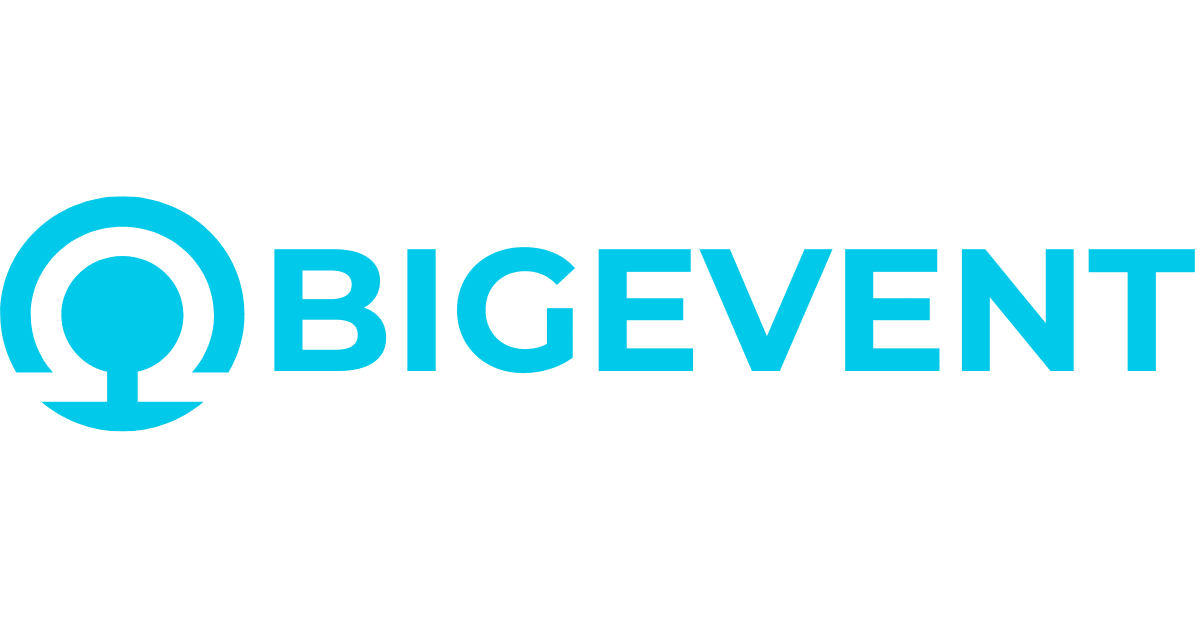Promoting Open-source Resources Based Spatial Science Education in Developing Countries
Kithsiri Perera, School of Surveying and Build Environment, Faculty of Health, Engineering and Sciences, University of Southern Queensland (Australia)
Ryutaro Tateishi, Centre for Environmental Remote Sensing (CEReS), Chiba University (Japan)
Thakshila D. Gunawansa, Department of Engineering Technology, Faculty of Technological Studies, Uva Wellassa University (Sri Lanka)
Abstract
Conducting satellite remote sensing and GIS (Geographic Information Systems) based research and higher education opportunities in developing countries have been limited due to the barriers of high cost for data, software, and hardware till the year 2000 (Perera & Tateishi, 1995). During the early era of the application of digital computers at universities, remote sensing and GIS software were rare, and satellite imagery was an expensive data component. Since 2000, through the internet and electronic media content expansion, the world has started to recognize the imbalance in scientific development among developed and developing nations. A UNESCO report indicated that revolutionary scientific development in the 1990s did not reach every corner of the world due to income disparities (Lewin, K. M.,1992). The awareness of this imbalance has ignited the introduction of a new concept for software, open source products. In 1996, the University of Leeds initiated a project to introduce a Java-based GIS library to help various GIS applications (Calamito, 2017). Today, QGIS (Quantum GIS), founded as a volunteer-driven project in 2002, leads the professional level open source GIS applications which are supported by GRASS (Geographic Resource Analysis Support System) and a number of other entities (Jeffry, el. at, 2021). From remote sensing, free data and software have been introduced by NASA and European Spacey Agency (SNAP, 2022). The present study discussed how can the advantage of open source GIS and remote Sensing software and data open gates to spread GIS education and research into the developing world as an alternative to costly commercial GIS software. A case study has been conducted using Sentinel 2 satellite data covering a selected area in Sri Lanka to demonstrate the functionality of open source data, software, and low-cost computer hardware. Among a large amount of open source GIS data providers, OpenStreetMap, Natural Earth Data, Google Earth, USGS Earth Explorer, SNAP, ESRI Open Data Hub are discussed, and some of them applied for the case study. The case study results show the high potentiality of expanding professional-level GIS and remote sensing based activities into the developing world.
|
Keywords |
Open source data, QGIS, SNAP, Remote sensing, GIS, developing countries |
|
References |
|
 The Future of Education
The Future of Education





























